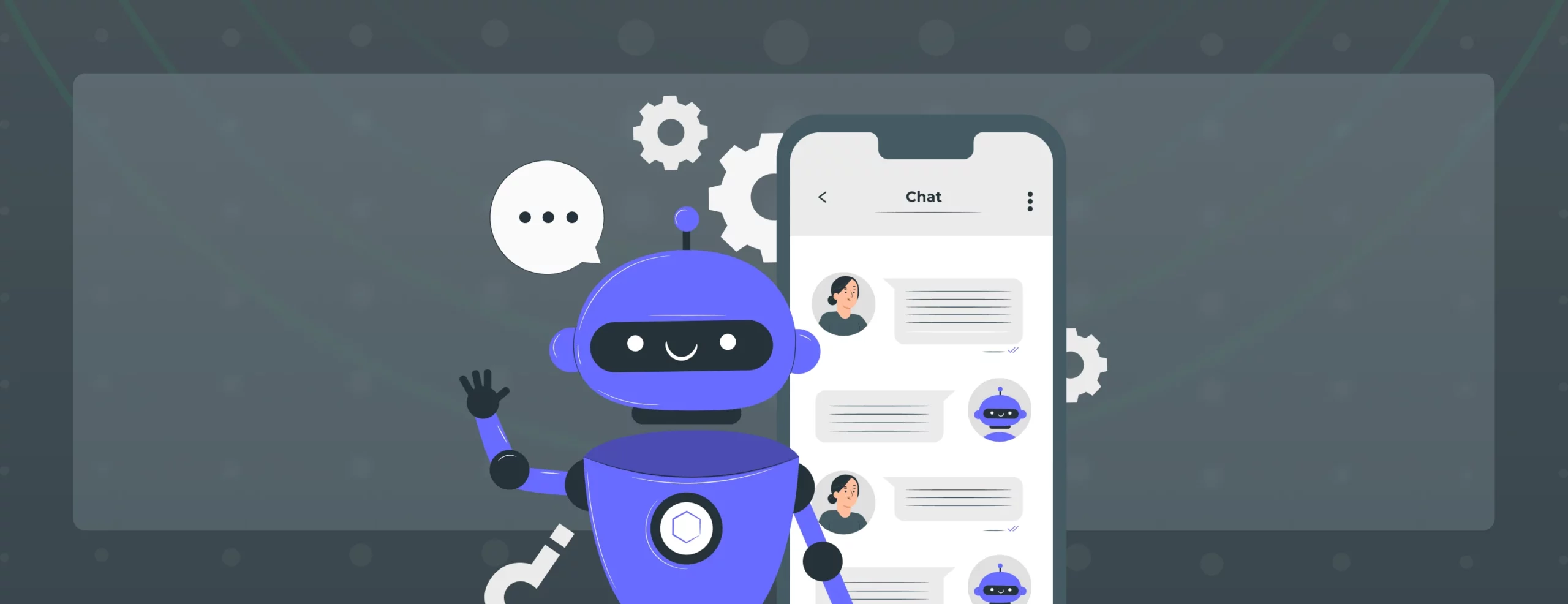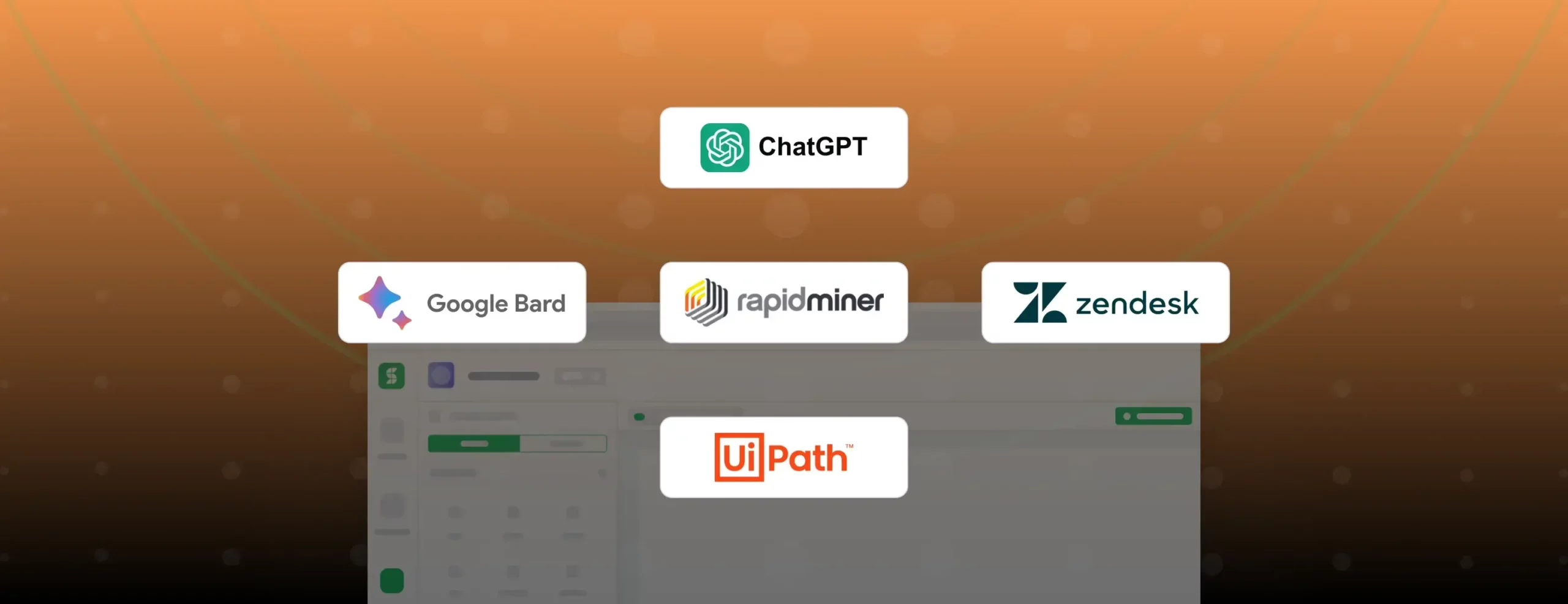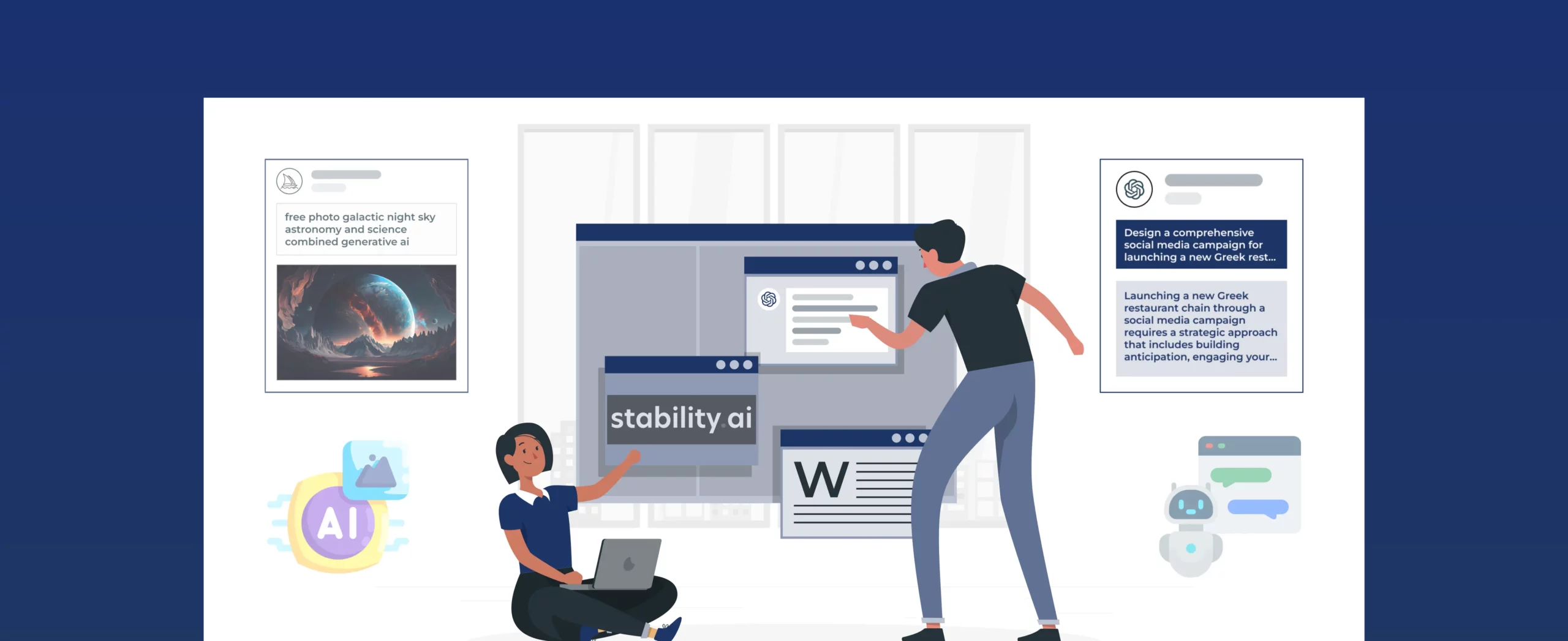
CONTENTS

The rise of AI app builders
In this guest piece for DQ Channels, Kinjal Vora, founding team member at DronaHQ, explores the evolution of AI in software development—from assistive tools like Copilot and ChatGPT to the rise of AI-generated applications. She breaks down the real-world tradeoffs of fully automated app builders, the growing traction of low-code AI platforms, and what it means for engineering teams navigating scale and speed. The article offers a practical lens into how developers and businesses can adopt AI thoughtfully—maximizing productivity while keeping control.
Read the full article on DQ Channels: The rise of AI app builders
Developers have already cracked the code with AI-assisted coding, but can it go further?
AI has become an indispensable tool in software development. GitHub Copilot, OpenAI’s ChatGPT, and Amazon CodeWhisperer have reshaped coding workflows, automating repetitive tasks, refining code, and streamlining debugging—all while keeping developers in control.
The numbers back this shift. A GitHub developer survey found that 92% of developers now use AI-powered coding tools at work. The JetBrains Developer Ecosystem Report states that 81% of developers say AI improves efficiency, particularly in test automation and refactoring. AI isn’t just an experiment—it’s a core part of development. 66.4% of developers who tried ChatGPT for coding continue using it.
But AI-assisted coding is one thing. AI-generated applications are another. Developers have embraced AI when it works as a co-pilot, but AI app builders claim to take automation further—generating full applications from UI to backend logic. This promise of speed is enticing, but is the trade-off worth it?
AI coding assistants vs AI app builders: solving different problems
AI coding assistants fit naturally into developers’ workspace, suggesting code, automating testing, and improving efficiency while keeping control in the hands of engineers. These tools enhance productivity without disrupting the way software teams operate.
AI app builders attempt to automate full application development, handling UI, backend logic, database structuring, and API integrations with minimal human input. The ambition is clear: reduce development time and make software creation faster and more accessible.
New breed of AI app builds: Low-code AI platforms
A Gartner study predicts that 70% of new applications will use low-code or no-code technologies by 2025, up from 25% in 2020.
The limitations of AI app builders are being met with the rise of low-code AI platforms in the market. The key difference between AI app builders and low-code AI platforms is how much control developers retain.
AI app builders take prompts to generate code, but every modification, bug fix, or feature update requires another prompt. This back-and-forth process makes refining AI-generated applications slow, tedious, and unreliable, as developers must continuously re-prompt the AI in hopes of achieving the desired outcome.
By contrast, AI-assisted low-code platforms or low-code AI app builders are being adopted at scale because they combine automation with engineering oversight. Instead of forcing developers to debug unpredictable AI-generated code, low-code platforms offer a visual editing experience where teams can directly modify the application output.
At the core of low-code AI is the power of pre-built, standardized components. UI elements, backend actions, and API integrations are pre-tested for security, scalability, and reliability, ensuring applications are robust from the start. AI, in this environment, assists development rather than dictating it, offering intelligent suggestions within a structured, optimized framework. This eliminates inefficiencies and provides businesses with a future-proof development approach.
The structured nature of low-code AI platforms allows applications to scale seamlessly while maintaining architectural integrity. Developers can customize with code when necessary, but they are not forced into a cycle of endlessly prompting AI for every change. This makes low-code AI the practical choice for businesses that need to move fast while ensuring long-term maintainability.
Where AI app builders are making an impact
AI-generated applications, while not yet perfect, are proving valuable in specific scenarios.
Many companies use AI app builders for internal tools, dashboards, and workflow automation, where speed matters more than deep customization. They also assist with prototyping and MVP development, helping teams validate ideas before committing engineering resources. However, AI-generated applications often struggle with optimization, making them unsuitable for security-intensive and performance-heavy industries such as finance and healthcare. Developers remain cautious, prioritizing security and compliance.
For large enterprises, AI adoption for mission-critical applications may take longer due to strict governance and evaluation cycles. Yet, for operational tools and workflow automation, low-code AI platforms are already proving to be game-changers, accelerating software delivery while maintaining oversight and security.
For scaleups and fast-growing businesses, low-code AI platforms provide an even greater advantage. With limited engineering bandwidth, these platforms allow teams to build internal tools, admin panels, and operational applications rapidly, ensuring they can scale efficiently without being constrained by traditional development bottlenecks. The ability to move fast without compromising reliability makes low-code AI a natural fit for companies navigating rapid growth.
The evolving role of engineers in AI-powered development
The rise of AI-powered development tools isn’t eliminating engineering roles, it’s reshaping them.
This transition mirrors past industry shifts; just as cloud computing redefined infrastructure and DevOps automated deployment, AI is transforming software development workflows. Engineers must now focus on architecture, governance, and AI reliability, ensuring that AI-generated applications align with business goals while avoiding technical debt.
The demand for AI fluency is growing. Developers who understand how to integrate AI effectively—leveraging automation for efficiency while maintaining human oversight—will drive the next era of software innovation.
How companies can adopt AI app builders strategically
Businesses can start by integrating AI where it delivers immediate value, such as internal tools, dashboards, and workflow automation, while keeping governance in place for mission-critical applications.
For scaleups, low-code AI platforms provide an agility boost, enabling lean teams to build and refine internal tools and admin panels quickly without stretching resources. This allows them to focus on scaling core products rather than managing infrastructure.
The key is deliberate AI adoption—leveraging automation for speed, keeping human oversight where needed, and ensuring AI remains an enabler, not a constraint. We are only scratching the surface of what AI-powered development can achieve. As AI evolves, so will the ways businesses and developers harness its potential. The organizations that adapt and integrate AI wisely will set the foundation for the future of software development. Businesses that approach AI with clear strategies will scale faster, optimize resources, and maintain adaptability in an evolving landscape.
Related Articles



